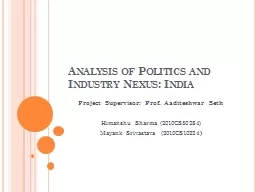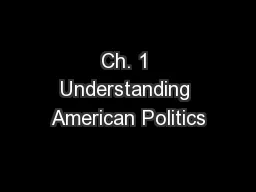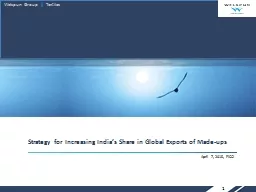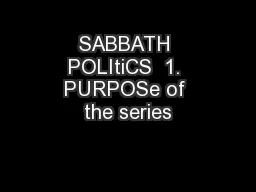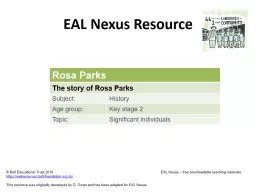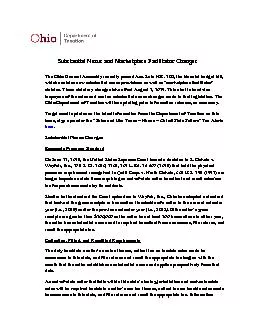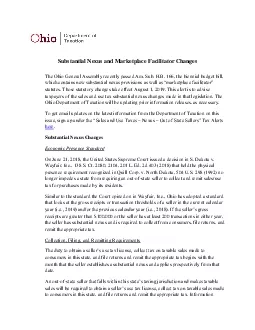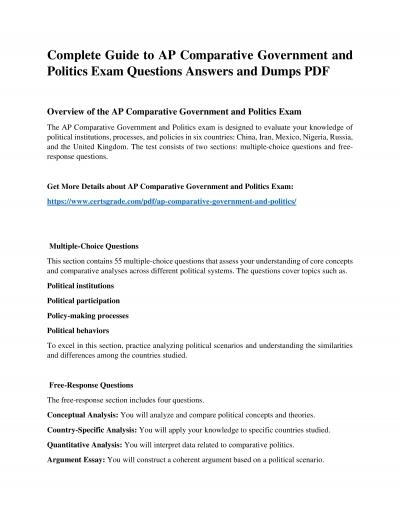PPT-Analysis of Politics and Industry Nexus: India
Author : karlyn-bohler | Published Date : 2016-05-05
Project Supervisor Prof Aaditeshwar Seth Himanshu Sharma 2010CS50284 Mayank Srivastava 2010CS10224 Objectives Extract information about politicalindustry and
Presentation Embed Code
Download Presentation
Download Presentation The PPT/PDF document "Analysis of Politics and Industry Nexus:..." is the property of its rightful owner. Permission is granted to download and print the materials on this website for personal, non-commercial use only, and to display it on your personal computer provided you do not modify the materials and that you retain all copyright notices contained in the materials. By downloading content from our website, you accept the terms of this agreement.
Analysis of Politics and Industry Nexus: India: Transcript
Download Rules Of Document
"Analysis of Politics and Industry Nexus: India"The content belongs to its owner. You may download and print it for personal use, without modification, and keep all copyright notices. By downloading, you agree to these terms.
Related Documents

